During my trip to the Canadian Rockies, I went on an Alpine day hike at gorgeous Lake Louise with my daughter. Our hike wasn’t Everest but was challenging for me as a Baby Boomer. Our guide gave us tips and turned us on to hiking gear that made our day hike much easier.
Train beforehand
I walk most days but there’s a difference between walking on flat ground and climbing uphill. Thirty feet into the hike, I was huffing, puffing, and feeling old. It wasn’t pleasant. I should have trained on a treadmill with incline, or done more rigorous cardio exercise.
Balance is super important
As we age, we get wobbly. The last thing you want to do is go home with a twisted ankle or a concussion. Our guide gave me a pair of highly rated Black Diamond Alpine Carbon Cork Trekking Poles to use.
They reduce the impact on your knees, joints, and leg muscles and provide lateral stability, which is always good if you’re over 60. When using poles, you exercise your arms, legs, and work your entire body. They help to regulate your resting heart rate, blood pressure, increase your oxygen consumption, and lung capacity.
They also helped me ease into a steady walking rhythm. Spring-loaded poles reduce strain on your wrists. And the nice thing is that most of them are retractable for easy carrying. When it comes to hiking gear, those babies are first on my list.
If you mostly walk on flat surfaces, use Nordic walking poles like the York Nordic Purple Haze Design Hiking and Walking Poles. I love that they’re purple and called Purple Haze.
They’re slightly different in design than trekking poles but look almost the same. Trekking poles have adjustable locking straps to maintain contact with the grips and concave, carbide Flextips for non-paved surfaces. They’re also adjustable for differences in terrain.
Nordic walking poles have a releasable strap system and removable rubber tips, which work on pavement or indoors. They’re a fixed length to give you more strength and swing ability. They will step up your walking routine and tone your entire body.
Stay safe when you’re taking photos
Avoid holding your smartphone when you are hiking. I took plenty of photos while hiking at Lake Louise but didn’t want to hold my phone because I’d have one less hand to catch myself if I slipped. Instead, I had to keep putting it inside my backpack. That meant taking the backpack off and turning it around to fetch my phone.
I saw a woman hiking on the trail who had a smartphone pocket attached to the front of her backpack so she could quickly grab her phone to take a shot. It was a great solution, so I looked online and found the Clakit Smartphone Strap Pack. It comes in various colors.
A bag I use from Vitesence has a water bottle holder, a smartphone pocket, and another pocket for credit cards. It has a shoulder strap for hands-free walking or hiking.
I found the perfect slim water bottle by a brand called Kivy to fit in the water bottle holder. It also fits in a car cup holder. The bottle has a strap if you want to carry it around your wrist.
Another option if you prefer a fanny pack style is the WATERFLY Fanny Pack with 2 Water Bottle Holders. It’s adjustable for waist sizes 22” – 52”
The point is, stay hydrated. Hydration is super important as we age, because it helps prevent fainting that could result in a disastrous fall.
Be prepared for weather changes
When my daughter and I hiked around Emerald Lake, in Canada, it started to rain with thunder and lightning. We both ended up getting soaked. The next day, I took a light waterproof windbreaker with me. Even though it didn’t rain, it came in handy because we were at a higher elevation and it was slightly cooler. Once I heated up, it easily fit back into my backpack. It’s one piece of hiking gear that always comes in handy.
Carry a backpack that won’t cause you pain
If you’re going on a day hike, carry a backpack that won’t break your back. A light backpack is also wonderful for traveling because it can store anything you pick up like gifts, brochures, or guidebooks. North Face backpacks are sturdy, waterproof, and roomy.
Protect yourself from the sun
We all know how important it is to wear sunscreen to prevent skin cancer. I love Coola sunscreen because it’s organic, is great for sensitive skin, and many spas use it. You should also wear a lightweight long sleeve shirt with UV protection like this one from Columbia.
Always wear a hat and it’s best to find one that will not blow away if there’s an updraft. I was wearing a baseball cap that ended up in a river as soon as the wind came up. Whoops! I should have brought along my Columbia Sun Goddess Booney II Hat, that I wore when I sailed the Grenadines. It’s lightweight and ties under your chin so you have less of a chance of losing it.
Of course, you should always wear sunglasses if it’s sunny or you are hiking in the snow. They protect your eyes from the sun and also from branches, insects, or other debris.
Beware of mosquitos and other nasty things that bite
Mosquitos love me. I was eaten alive in the Caribbean and the Canadian Rockies. If you hate spraying on toxic poison, you may want to try something like Natural Anti Mosquito Insect & Bug Repellent Bracelet Bands that are DEET-free. Others swear by Skin So Soft, by Avon.
Just a note about mosquitos – They love black clothing, which I often wear so I don’t look chubby in photos. It’s better to wear light-colored clothing if you’re a mosquito magnet. My brother told me that Acetone is the best thing to repel mosquitoes. Thanks, bro, but no thanks. That sounds nasty.
Don’t forget about lions and tigers and especially bears
Bears are everywhere. If you’re hiking and don’t have a guide armed with bear spray, as we did, pack some along with the rest of your gear.
Your comfort depends on your shoes
Always, always, always wear comfortable and sturdy shoes that fit your feet. I saw an older woman hiking in flip-flops, and thought she was crazy. It was almost like she was asking to slip and fall.
I wore my Saucony Grid Omni Walkers when I hiked Lake Louise. They’re sneakers but are sturdy, have a roomy toe box for my high arches, and kept my feet dry when it was pouring rain.
Good quality hiking boots are an even better choice because they offer more protection for your feet. Columbia has a great selection of waterproof boots.
Salomon women’s hiking boots got top marks from Travel and Leisure in 2025.
If you purchase new hiking boots, break them in first, so you won’t get blisters.
Other essential hiking gear to take along on a day hike in case of emergency
- Snacks – You never know if you’ll get lost or you may get hungry, so be prepared with something to munch on. Power bars or nuts are easy to carry and will give you energy.
- A small first aid kit– for emergencies or if you get a scrape
- A compass – In case your smartphone GPS stops working
- A charged-up portable smartphone charger– Those darn batteries always poop out just when you want to get the perfect shot.
- A smartphone zoom lens attachment – I love bringing my camera for zoom shots, but smartphones are lighter.
- LED flashlight
- A whistle – to call for help (use 3 short bursts)
- A water purifier – water is life. You must have it.
- A multi-purpose tool – just because they come in handy.
- Trashbag – so you won’t be a litterbug and ruin the environment
- Your Senior Pass if you are going to a National Park or Monument.
- My favorite accessory – a large dog to scare away predators and to pull you up a hill if you get tired. I had a big dog that scared away two mountain lions when I was hiking with my daughter. She was 8 years old at the time.
What hiking gear do you find essential when you’re on a hike? Please leave a comment below.

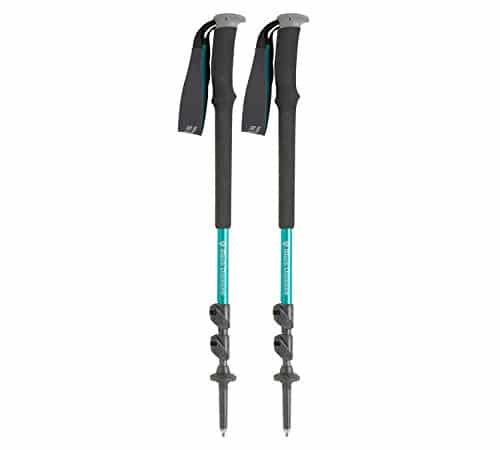
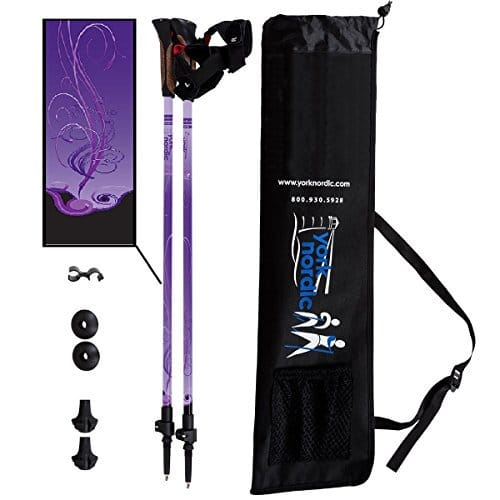

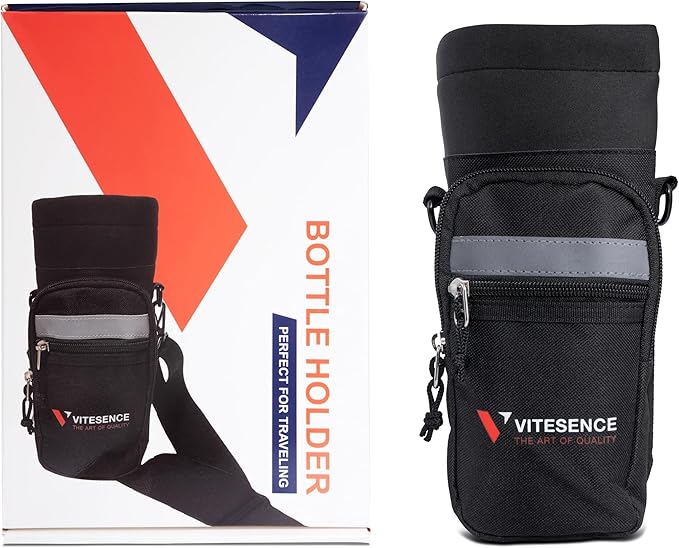
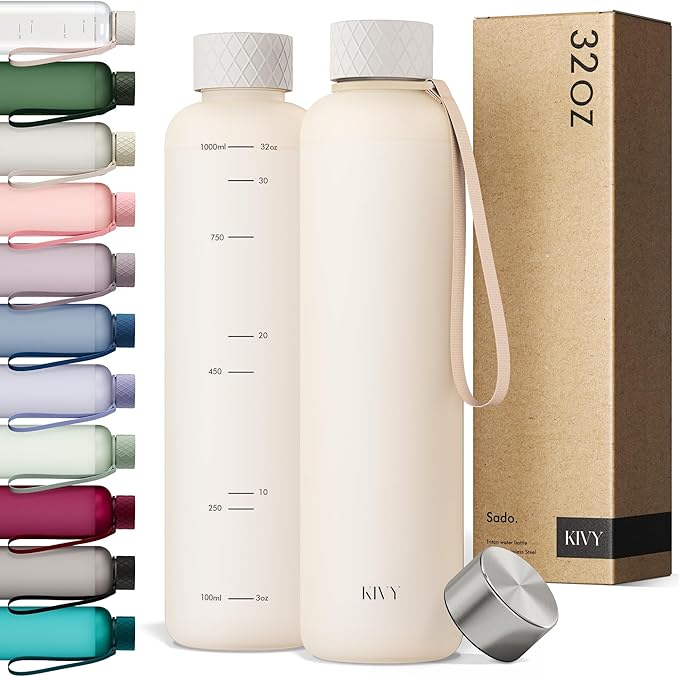
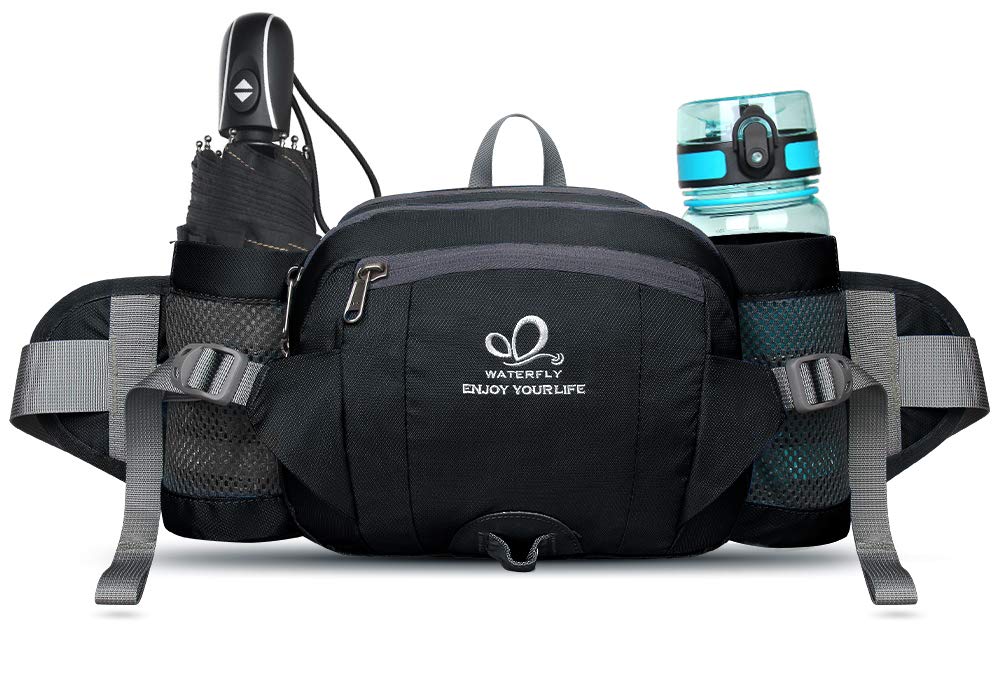
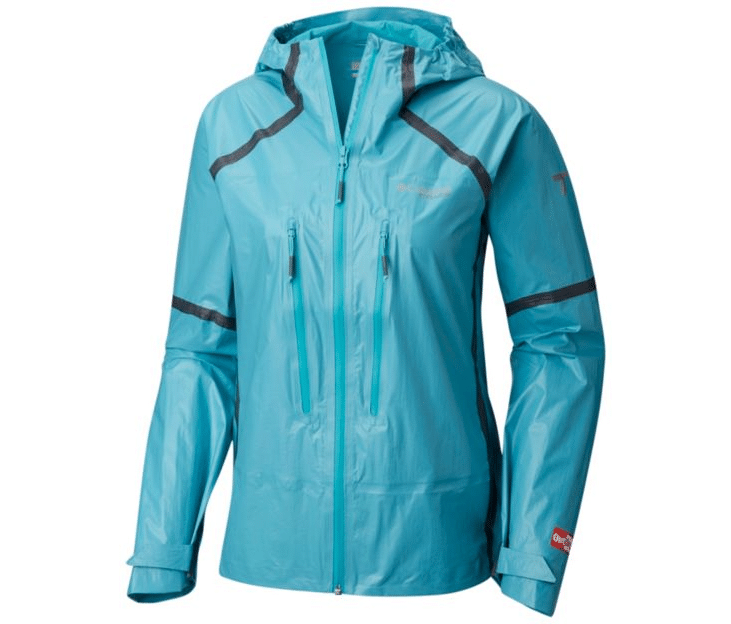
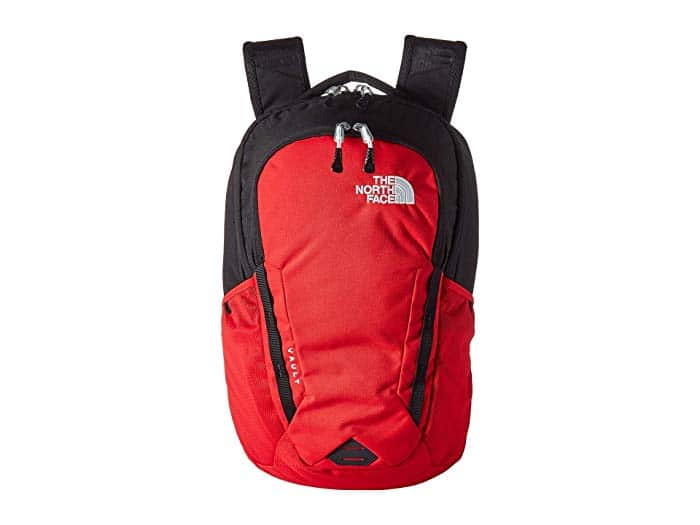
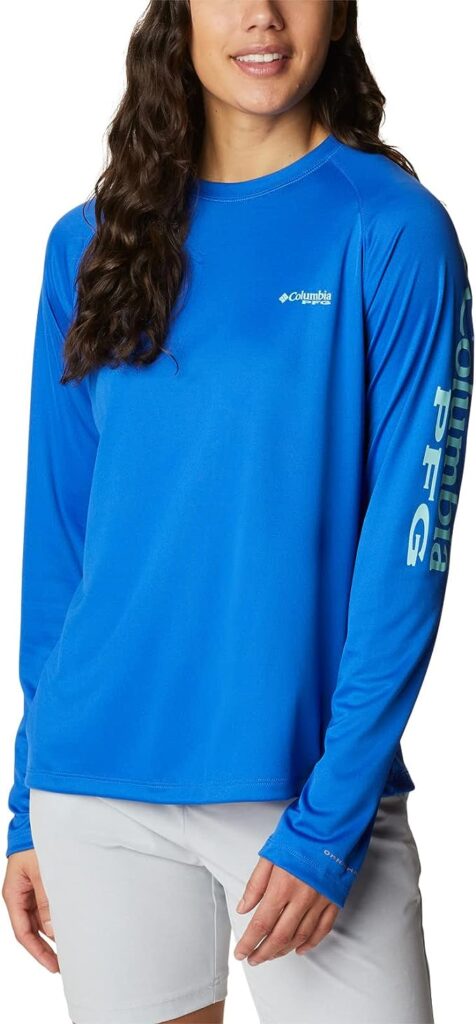
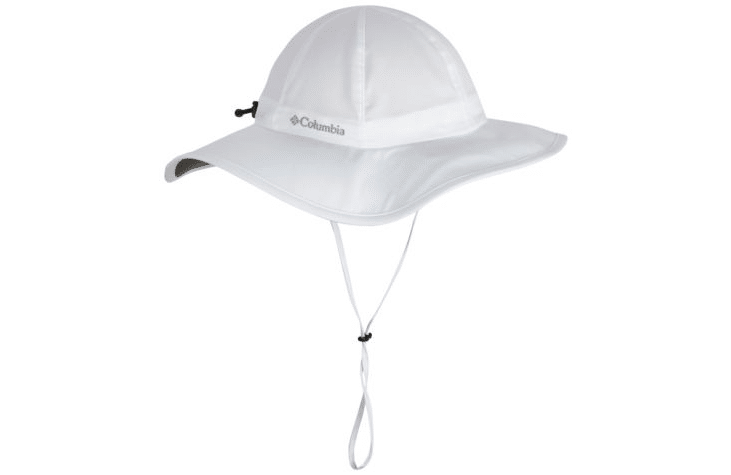
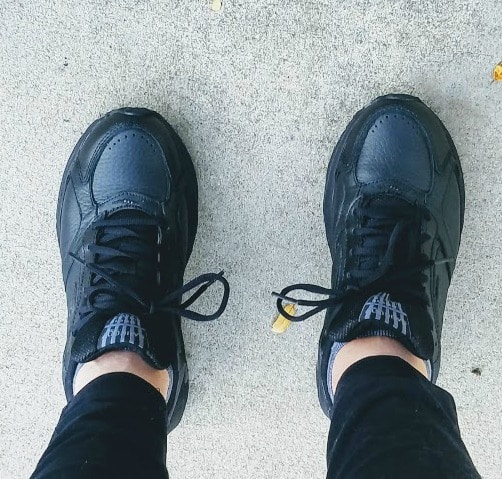
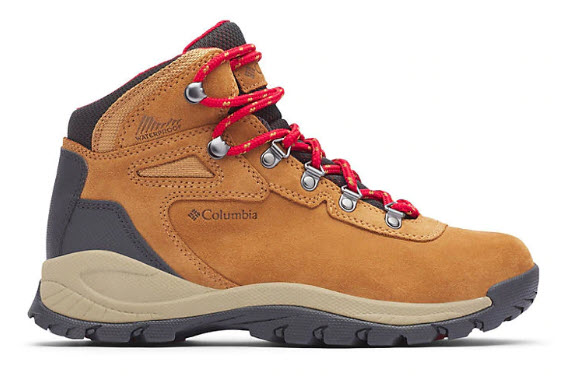
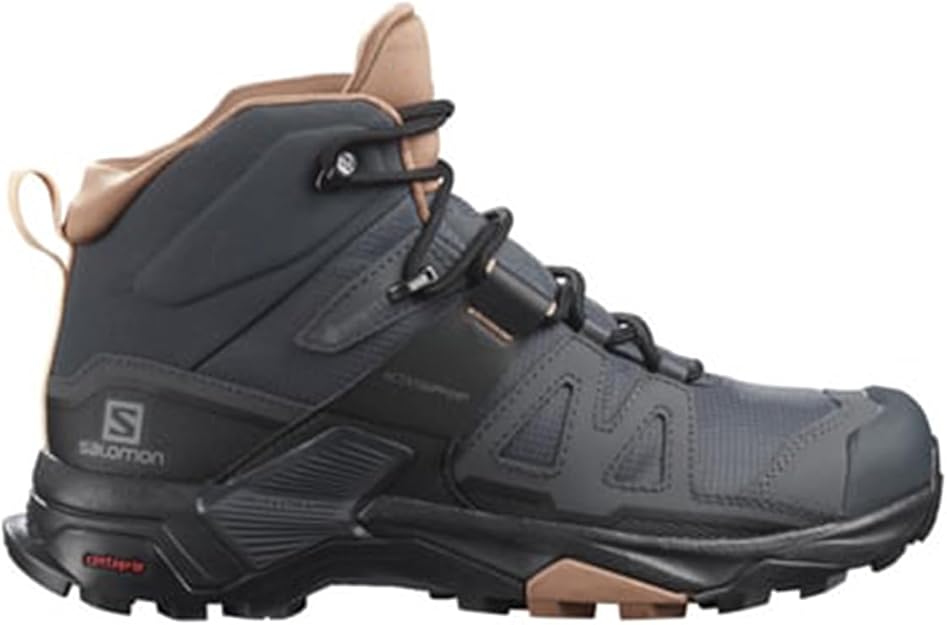
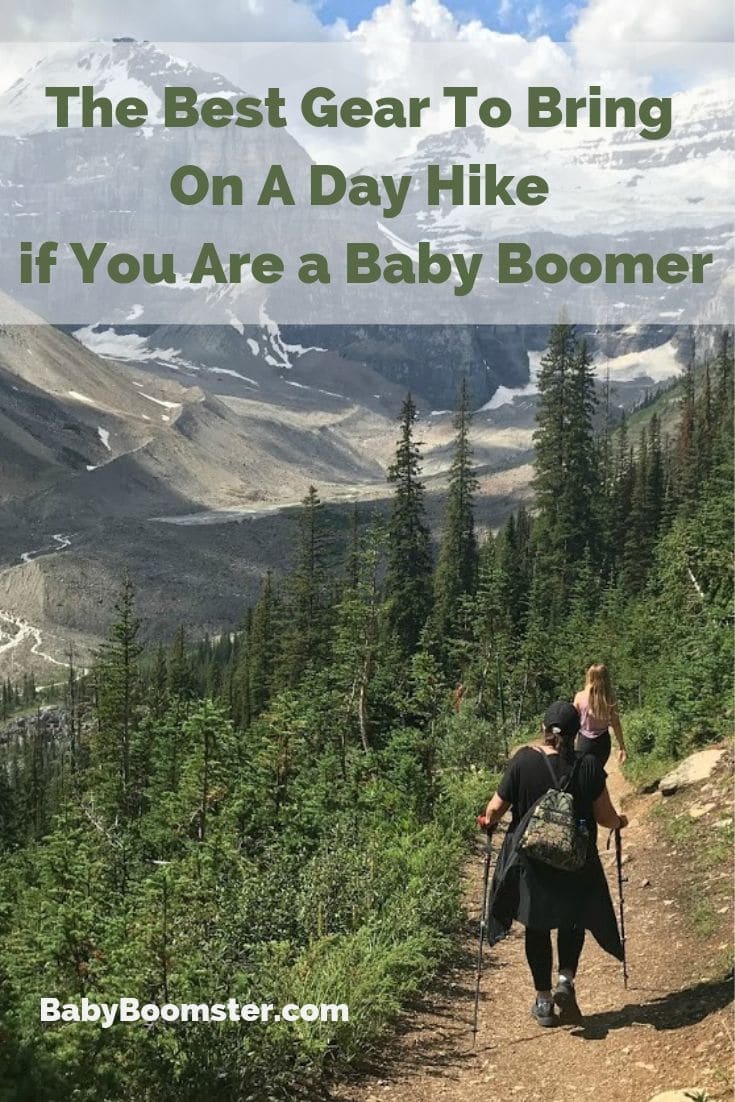


Good list! Outdoor adventures are so much more fun if you have the right gear. Love that you included the compass – people are so trusting of the electronics these days, and although those are getting more and more reliable there’s always the chance of failure right when you need ’em. Batteries never die in an old-school chart and compass!
You’re so right, Bonnie. They always break down right when you need them. Sometimes our “old-fashioned” gear works better.
Great list, but when I read the title, my first thought was “lots of ibuprofen for the aches and pains.” 🙂
LOL. You’re probably right, Leah. Good idea! Plus it made me chuckle.
Your list convinced me not to go hiking.
Long walks are better.
And cheaper.
Sorry, Herman, that you may miss out on some spectacular views but walking is always the healthy way to go.
Great list. I love my hiking poles for all the reasons that you listed. And that smartphone strap is genius. I’ve not seen one before.
I agree, Jennifer. The smartphone strap is great because it keeps you from holding your phone when you’re hiking. No one wants to fall and ruin their hike because they are holding or looking at their phone. And that way, if you want to take a photo it’s easy to stop and grab your phone.
One of my favorite places to go hiking is Ha Ha Tonka State Park in Missouri. I absolutely agree with you on the trekking poles I feel way more secure when I have them with me.
I love the name of the park, Barbara. So good to know about. I’ve passed through Missouri but haven’t spent time there yet. Glad you agree about the trekking poles too. They’re great!